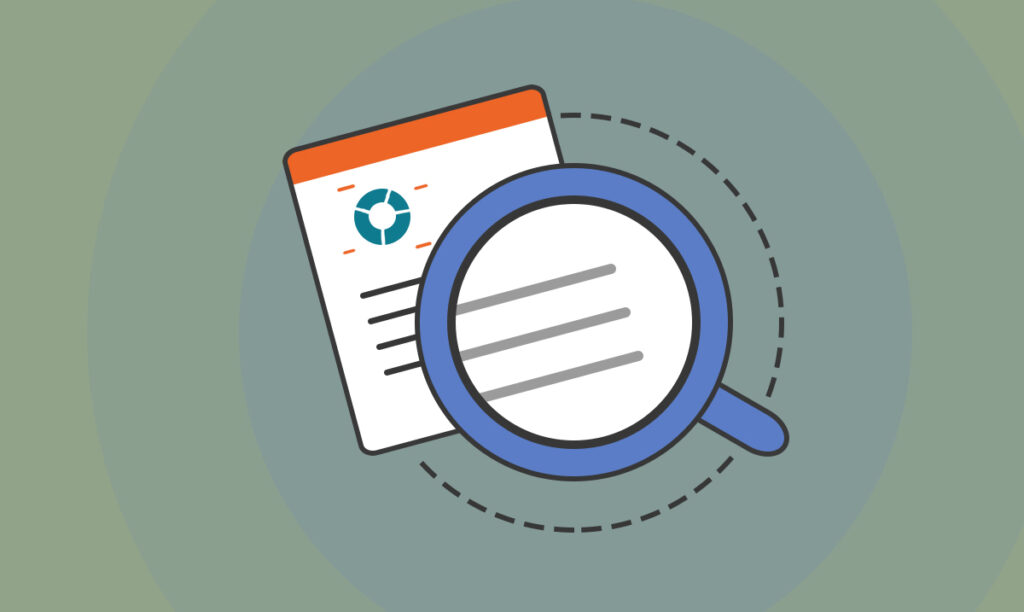In the first segment of our conversation with Vinay Kevadiya, the visionary behind Upmetrics, we explored the platform’s origins and itsunique ...
What to Include in Your Business Plan Appendix?
Written by: Carolyn Young
Carolyn Young is a business writer who focuses on entrepreneurial concepts and the business formation. She has over 25 years of experience in business roles, and has authored several entrepreneurship textbooks.
Edited by: David Lepeska
David has been writing and learning about business, finance and globalization for a quarter-century, starting with a small New York consulting firm in the 1990s.
Published on September 13, 2023

Launching a business involves countless tasks, and one of the crucial early hurdles is writing a business plan. Many entrepreneurs who aren’t looking for funding think they can skip this step, but that’s never a good idea.
A sharp business plan is essentially a business owner’s commitment to and preparation for the road ahead, and if you’re seeking funding from an investor or lender, having a comprehensive appendix of documents that support your plan can really provide a boost.
But what documents should you include? Lucky for you, this guide explains the key elements of a business plan appendix.
The Role of the Appendix in the Business Plan
In your business plan, you likely made many claims about various aspects of your business, and the appendix provides documentation to back up those claims.
Of course, if your reader actually gets to your appendix, you’ve done well and captured their interest. Be sure to only include documents that support your business plan claims.
Components of the Business Plan Appendix
The following components should be included if you have them, which depends on the stage of your business.
1. Financial Projections
In the body of your business plan, you summarized your financial projections and mentioned the highlights, but your appendix should provide your full financial calculations and spreadsheets.
These should include:
- Profit and Loss Statement, also known as an income statement. This shows projected revenue and lists all costs, which are then deducted to show net profit or loss.
- Cash Flow Statement. This shows how much cash you have on hand at any given time. It will have a starting balance, projections of cash coming in, and cash going out, which will be used to calculate cash on hand at the end of the reporting period.
- Balance Sheet. This shows the net worth of the business, which is the assets of the business minus debts. Assets include equipment, cash, accounts receivables, inventory, and more. Debts include outstanding loan balances and accounts payable.
Provide monthly projected versions of each statement for the first year, then annual projections for the following two years. You should also include a chart of your break-even analysis.
If you’ve already been running your business and have made sales, include your financial statements to date.
2. Market Research and Analysis
If you have charts and graphs that support the market analysis of your business plan, include those as well. Also include any market information, such as market reports, that you used to do your market analysis.
Provide documentation about your target market, such as its size and demographics. If you’ve made a detailed profile of your target customer, create an infographic and include it as well.
3. Intellectual Property Documentation
If you have a patent, trademark, or copyright, include documentation of that intellectual property. Investors tend to appreciate patents, and will likely want to see them.
Include a brief history of when and how you obtained the patent or other intellectual property and how it benefits your business.
4. Legal Documents
Include your business entity documents, such as your articles of organization if you’ve formed an LLC, and your operating agreement. If you have agreements with suppliers or vendors, you can also include those. Documentation of any licenses and permits you’ve obtained should also be included, as well as any other legal documents pertaining to your business.
5. Resumes and Professional Biographies
Attach the resumes of founders and managers here or create professional biographies. Be sure to include all relevant experience, education, and achievements. Investors are very interested in the management team’s ability to execute the plan, so don’t skip this part.
6. Marketing Plan
If you’ve already created a full marketing plan, which is a good idea, include it here as well. How you’re going to get your product to market is critical, so having a detailed marketing plan will support the marketing summary in your business plan.
7. Customer Contracts
If you’re fortunate enough to have secured large customer contracts, include those as well.
8. Product Illustrations
If your product is in development, include an illustration of the design. If you’re manufacturing the product, provide an illustration of the manufacturing process.
Tips for Creating a Strong Business Plan Appendix
There are a few things to keep in mind when putting together your business plan appendix.
- Be selective and relevant – don’t overload the reader with too much information.
- Include anything that highlights the key points of your business plan.
- Be clear and concise. Keep your documents short and to the point.
- Use illustrations such as infographics and charts when possible.
In Closing
If you’ve written a business plan that captures a potential investor’s interest enough to keep them reading all the way to the end, you’ve done great work. Now give them the cherry on top with a fantastic appendix that provides all the documentation to support your plans’ primary assertions.
Keep it relatively short, but make it strong enough to make the reader a true believer. With any luck, you’ll get the funding you need to put your business on the road to serious success!
Subscribe to Our Newsletter
and gain insider access to cutting-edge business insights and trends.
Featured Resources

Crafting the Perfect Business Plan: A Deep Dive with Upmetrics’ Vinay Kevadiya
Published on October 13, 2023
Read Now

LivePlan Software Review: Features, Cost, Pros & Cons
Published on September 15, 2023
When you’re starting a business, a business plan is essential whether you’re going to obtain financing or not. Creating a business plan helpsyou ...
Read Now

5 Best Business Plan Software Platforms
Published on March 7, 2023
Starting a business requires completing countless tasks, and a key early hurdle is writing a business plan. Entrepreneurs who aren’t looking forfu ...
Read Now
Comments